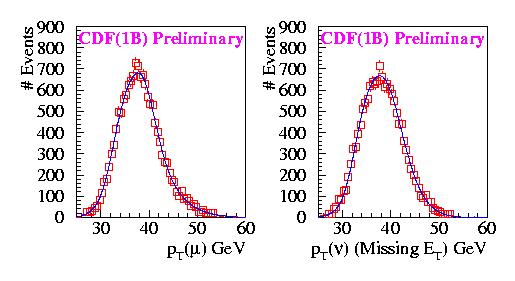
| The muon and neutrino transverse momentum distributions used in the W mass analysis compared to the simulation. |
| Electroweak Physics at LBL using the CDF detector |
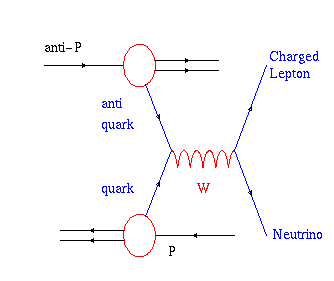
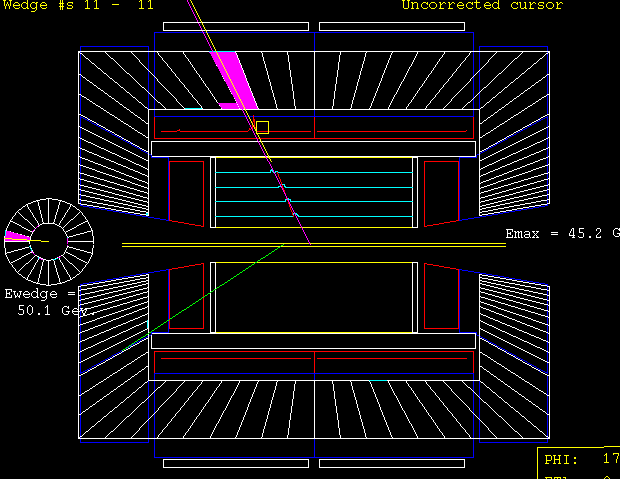
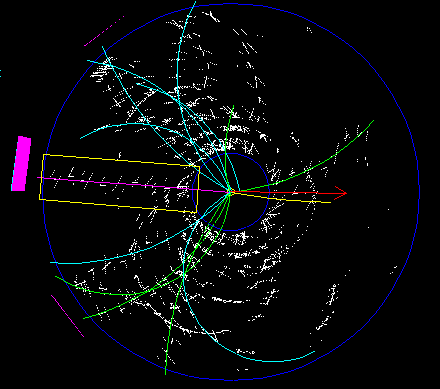
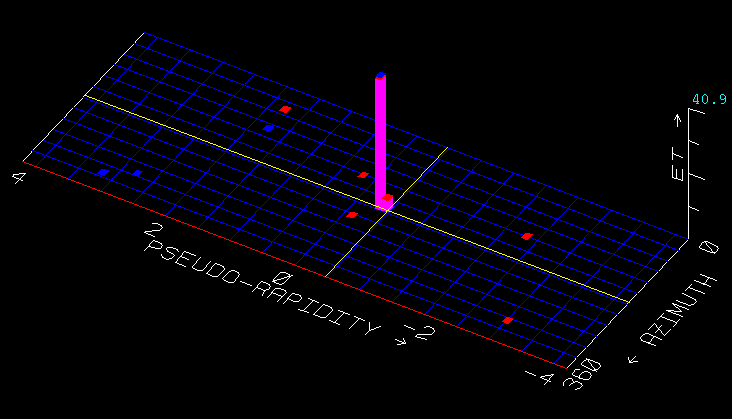
| The CDF group at LBL is involved in two measurements of the W boson. A measurement of the W boson mass and a measurement of its decay width. |
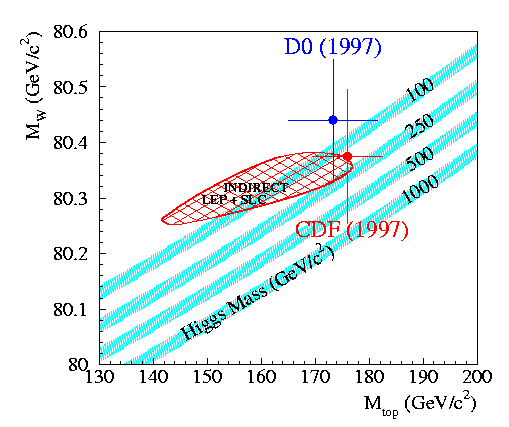

| The muon and neutrino transverse momentum distributions used in the W mass analysis compared to the simulation. |
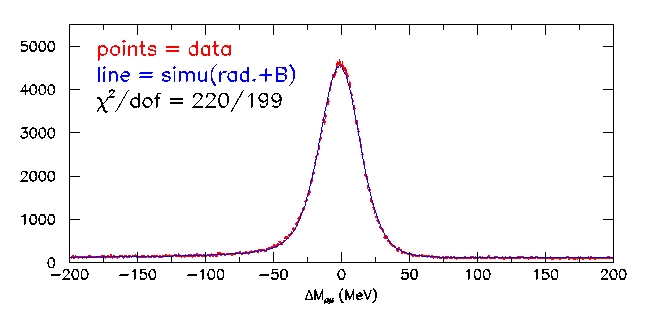
| A comparison of the 250,000 J/Psi events with the simulation |
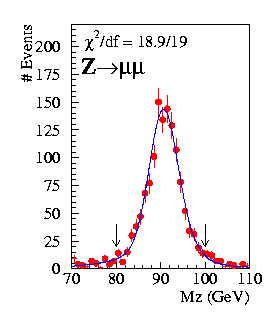
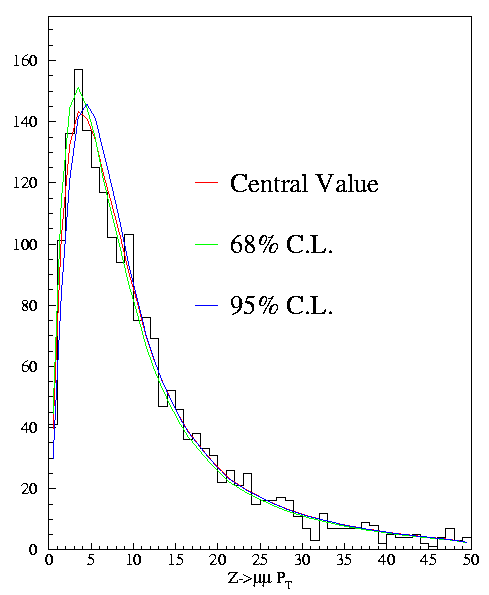
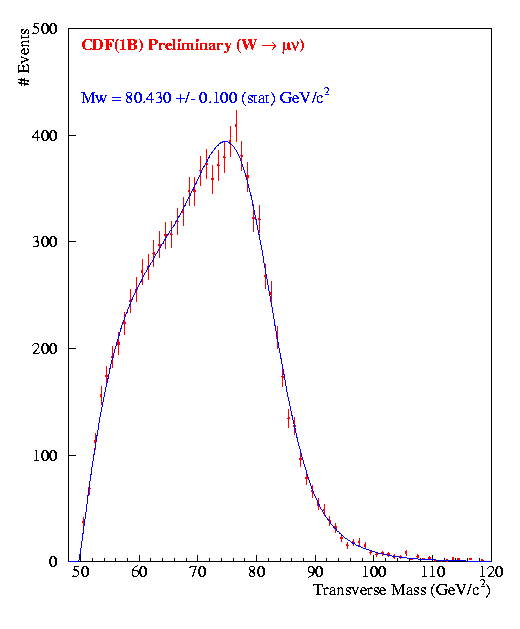
| The transverse mass lineshape of Ws decaying to µ+neutrino, from which the W mass is determined. |
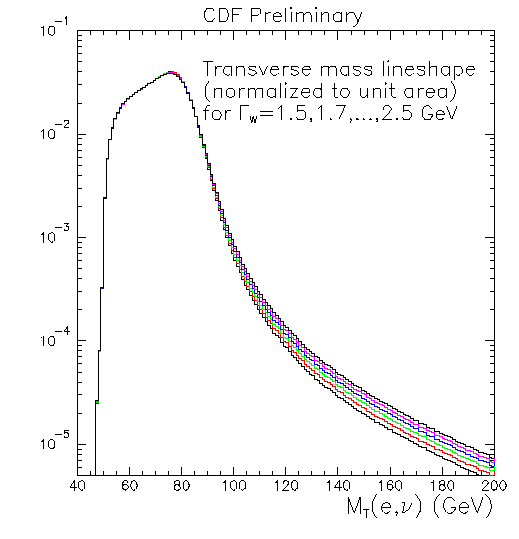
| The simulated W boson transverse mass distribution for various assumed values of the W width |
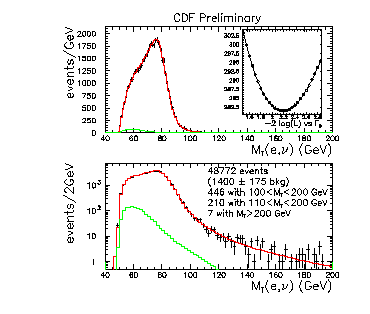
| The measured W boson (electron decay mode) transverse mass compared to the simulation. The green lines denote the distribution of the background events which are indistinguishable from the true W boson events. |
 Summary of CDF electroweak analysis
Summary of CDF electroweak analysis
 Summary of the CDF W width analyses
Summary of the CDF W width analyses